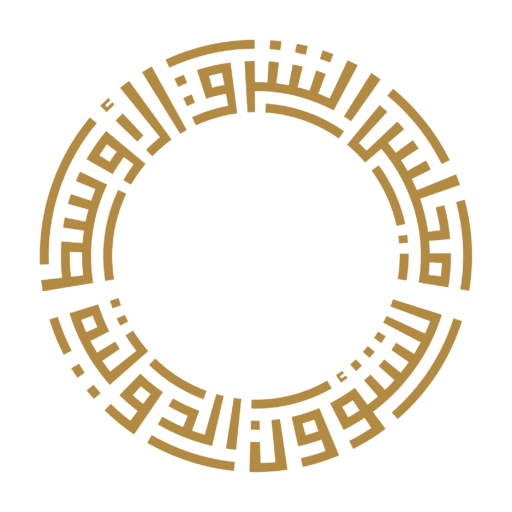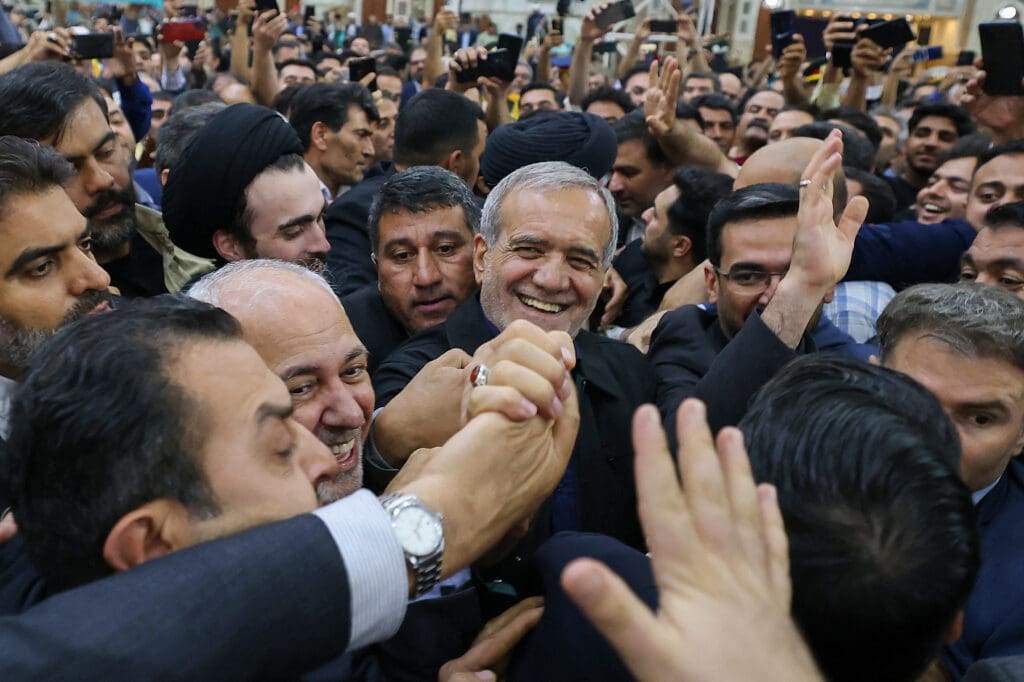Until just a month ago, few people outside of Iran had heard the name Masoud Pezeshkian. The 69-year-old physician was the representative for the northwestern city of Tabriz in the Iranian parliament and had previously served as the minister of health in the second administration of the reformist President Mohammad Khatami between 2001 to 2005. Now he is president, and the first one since 2005 to be formally affiliated with the Iranian Reformist Front—a coalition of factions and political parties advocating for political and social reforms within the framework of the Islamic Republic. Although the moderate administration of Hassan Rouhani that came to power in 2013 had the support of the reform leaders, Rouhani himself never considered himself one. Pezeshkian, on the other hand, had the endorsement of the Reformist Front from the outset, even though he belongs to its more conservative camp. While Pezeshkian will face myriad challenges and constraints on his power, his election represents an opportunity for Iran to take small steps in a different direction and provide hope for a public desperate for change.
A Surprise Opportunity
Iran’s snap presidential election was held after the conservative President Ebrahim Raisi died in a helicopter crash on May 19. According to the constitution, the government had only 50 days to arrange an election to determine Raisi’s successor. Yet the majority of Iranians had become severely apathetic about the political process, turning out to vote in record-low numbers in the past few elections. State repression following nationwide protests in 2022-2023 and the shrinking of political space had only added to extensive public frustration. This was again evident in the first round of the snap election held on June 28. Despite extensive campaigning by the six candidates approved by the Guardian Council, less than 40 percent of eligible voters cast a ballot. In the runoff election, however, the turnout increased to 49.8 percent. Pezeshkian won with 53.7 percent of the votes, while his hardline opponent, Saeed Jalili, received 43.3 percent.
This 10 percent surge in voter turnout was crucial for Pezeshkian’s victory, as many voters were driven more by a desire to prevent Jalili’s hardline policies than by strong support for Pezeshkian himself. While Jalili was still able to garner 13 million votes, a testament to his influence, the widespread desire to prevent the country from falling completely into the hands of ultra-hardliner ideologues convinced many people to show up to vote—a pivotal factor in deciding the outcome.
Apart from the support Pezeshkian received from the reformist camp, endorsements from former Foreign Minister Mohammad Javad Zarif and former Minister of Communications Mohammad Javad Azari Jahromi were also instrumental. These two figures embarked on an intensive electoral campaign for Pezeshkian, urging people to vote to prevent the dominance of the hardline camp. Their efforts reassured some undecided voters about Pezeshkian’s potential and capabilities. Zarif’s presence, in particular, had symbolic importance, indicating a desire to shift from an overwhelmingly confrontational foreign policy approach to a more moderate stance. Moreover, Pezeshkian’s straightforward communication style and perceived honesty in television debates resonated well with lower-income and rural voters, expanding his appeal beyond the traditional reformist base.
Traditionally, low turnout in Iranian elections would benefit conservative and hardline candidates who count on regime loyalists treating elections as a duty. In contrast, the majority of the Iranian population, particularly the middle class, only participate if they see real potential for change. Yet the decreasing prospects for change over the past few years have resulted in low turnout in both parliamentary and presidential elections, bringing conservative or hardline candidates to power. In other words, as a rule, participation below or around 50 percent had always favored the conservatives. This election, however, reflected a departure from that pattern, with Pezeshkian winning despite the 50 percent turnout in the run-off. This shift indicates his ability to attract a broader voter base beyond the typical reformist supporters.
Internal divisions within the conservative camp also played a crucial role. Indeed, disagreements between Jalili and another conservative candidate, Speaker of Parliament Mohammad Bagher Ghalibaf, appeared to split the conservative vote after neither agreed to withdraw in support of the other in the first round. Ghalibaf’s lukewarm support for Jalili in the second round, along with divisions among their supporters, weakened Jalili’s campaign. Many of Ghalibaf’s supporters, wary of Jalili’s hardline stance, ultimately voted for Pezeshkian, tipping the balance in his favor.
Institutional factors were also at play. Mohammad Mokhber, Raisi’s first deputy and current caretaker president, likely prevented vote manipulation in favor of Jalili by members of the Raisi administration, many of whom were affiliated with the Stability Front, an ultra-hardline faction supporting Jalili. Equally important, commanders of the Islamic Revolutionary Guard Corps (IRGC) who had supported Ghalibaf in the first round—albeit tacitly—opted to remain neutral after his defeat, further helping Pezeshkian.
Challenges and Opportunities Ahead
Pezeshkian’s victory presents both opportunities and challenges. While the president has limited power to change major strategic policies set by Supreme Leader Ali Khamenei, he can influence their implementation. As the head of the executive branch, the president can make changes and improvements in how policies are put into effect. This can be meaningful in areas of social policy, such as enforcing hijab rules and internet restrictions, as well as in economic policy. The president is also the head of the Supreme National Security Council, which means he can influence the foreign and security policy-making process.
However, apart from the restrictions caused by the role of the supreme leader, dealing with a parliament dominated by rival factions, particularly representatives of the Stability Front, will be another significant challenge for Pezeshkian. He is expected to have a hard time getting parliamentary approval for his cabinet ministers.
Pezeshkian’s relationship with the IRGC will also be critical for the success of his plans. Balancing his pro-reform agenda with the interests of the IRGC will be key to implementing his plans effectively. This will require a pragmatic approach to avoid provoking resistance from the military, which holds substantial influence over Iran’s political and economic affairs.
Pezeshkian’s approach to foreign policy will also be closely watched. Supported by the team that guided Hassan Rouhani’s foreign policy, Pezeshkian aims to engage diplomatically with the West. However, challenges such as Iran’s advancing nuclear program, its support for Russia in the Ukraine war, and its escalating confrontation with Israel, will complicate these efforts. Pezeshkian will need to navigate these issues carefully, balancing the need for international engagement with the realities of internal political dynamics.
In regional policies, continuity is more likely than change. As a rule, Iran’s regional policy, particularly its support for nonstate armed groups, is entirely in the hands of the IRGC. Beyond that, there seems to be a trans-factional consensus in the Islamic Republic that improving relations with Arab neighbors is in Tehran’s interests. For their part, Arab leaders were quick to congratulate Pezeshkian, indicating their expectation of stable relations.
Ultimately, Pezeshkian’s success in his domestic and foreign policy goals will depend on a pragmatic approach to balancing reformist goals with the interests of powerful conservative and military factions. At the same time, he will have a hard time regaining the confidence of the majority of the Iranian population who stayed away from the election altogether. While expectations should be tempered given the constraints on presidential power, Pezeshkian’s victory presents an opportunity for incremental progress in a country yearning for change.


